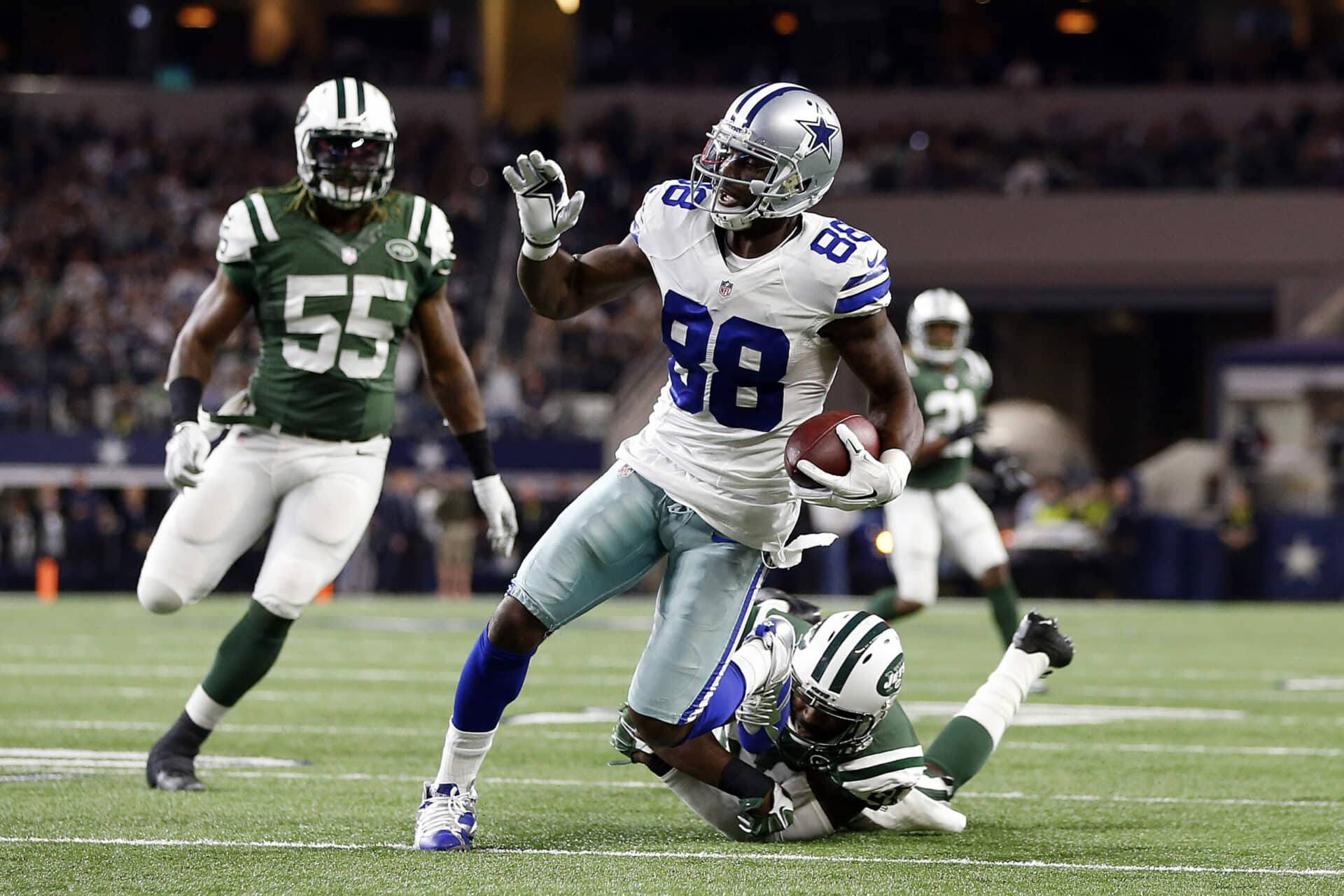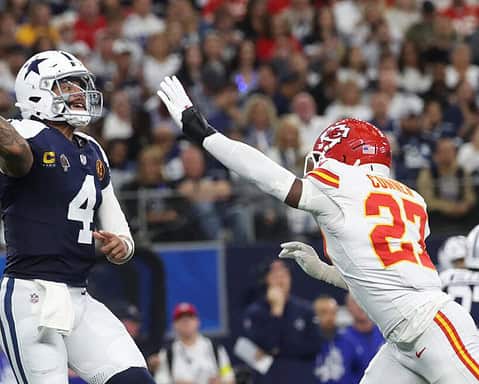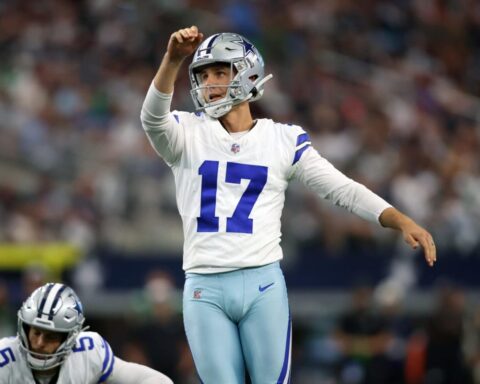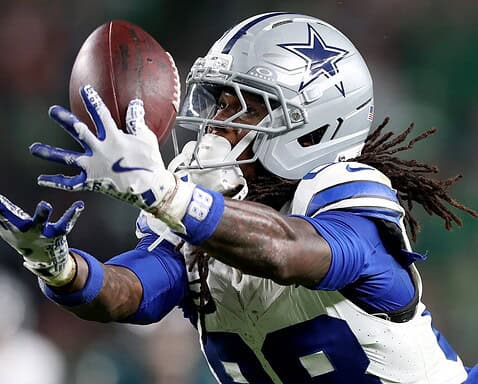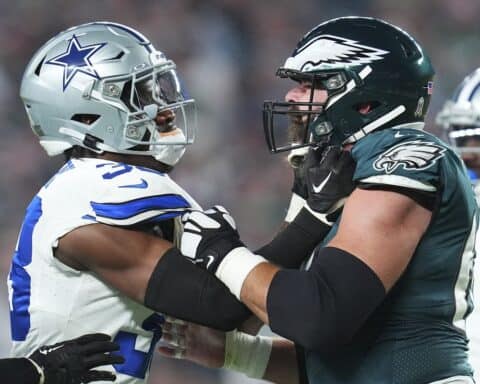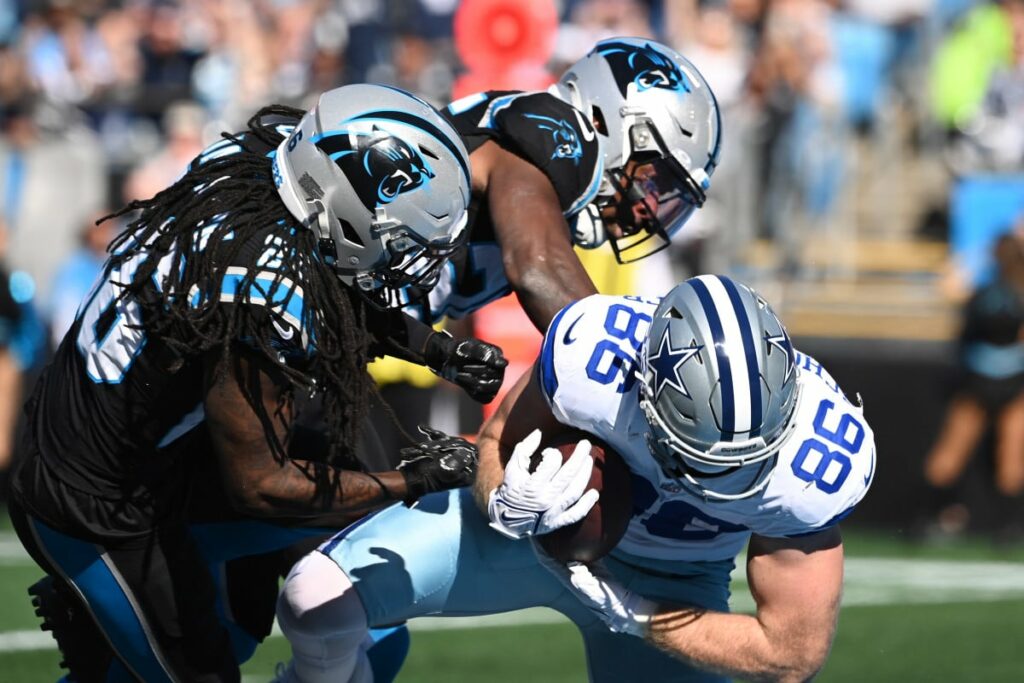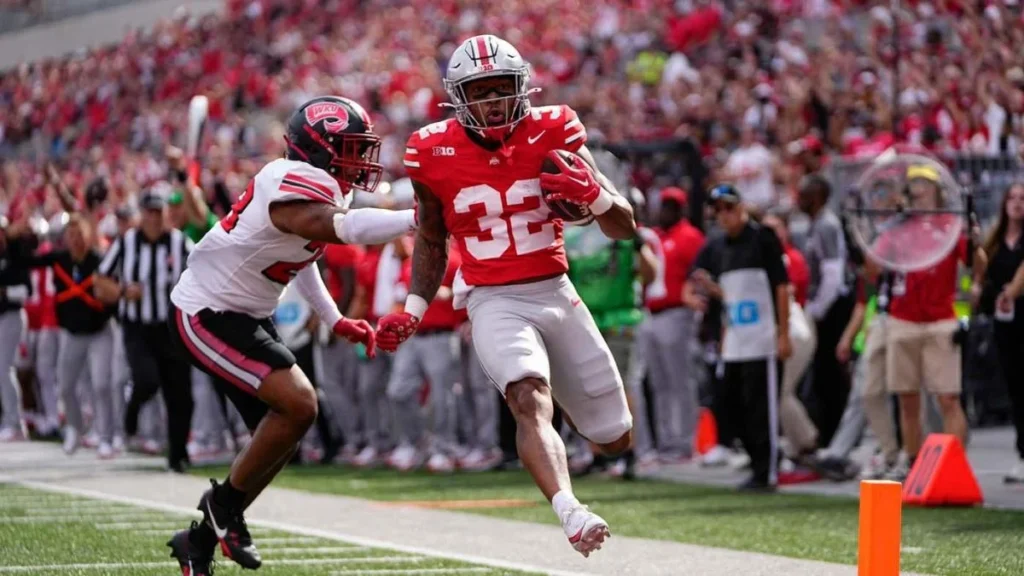Since Jerry Jones purchased the Dallas Cowboys in 1989, the team has built a franchise rich in history, but when it comes to drafting wide receivers in the first round, the Cowboys have been remarkably selective.
In fact, only three wide receivers have been selected in the first round during Jones’ tenure as owner.
This limited history has led to some debate about whether the Cowboys should prioritize a wide receiver in the 2025 NFL Draft next month, especially as they look to build a team capable of competing for championships in the highly competitive NFC.
First, let’s take a look at the three times the Cowboys have pulled the trigger on a wide receiver in the first round.
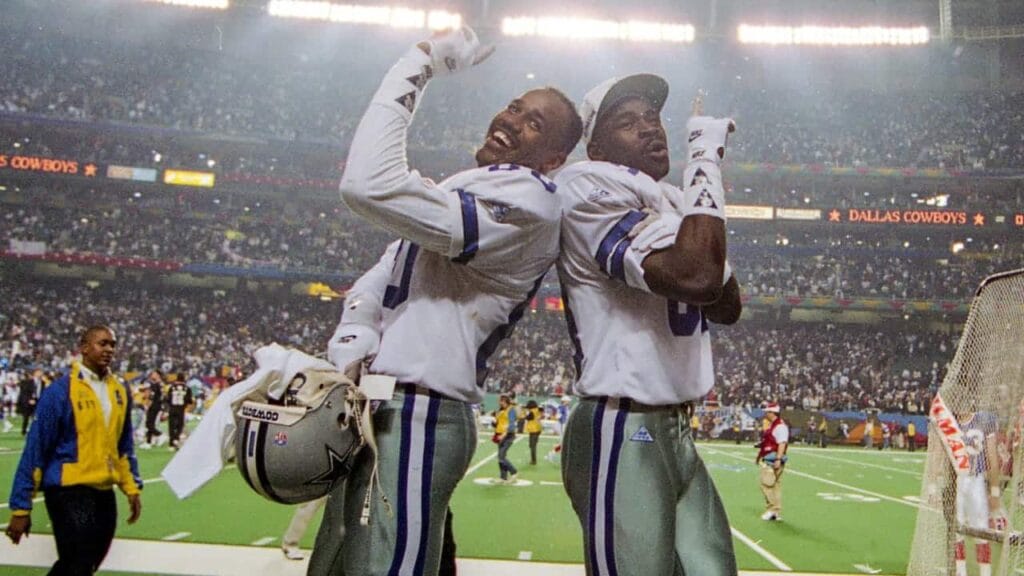
A Solid Contributor
In 1991, the Cowboys selected Alvin Harper with the 12th overall pick in the draft.
At the time, Harper was seen as a key piece to complement The Triplets: QB Troy Aikman, RB Emmitt Smith, and WR Michael Irvin.
Harper’s selection was meant to help elevate a Cowboys’ offense that was just beginning to dominate the league. He played five seasons in Dallas, including a key role in the Cowboys’ 1992 and 1993 Super Bowl-winning teams.
As a complement to Hall of Fame WR Michael Irvin, Harper had several productive seasons and was known for his deep speed and ability to stretch defenses.
However, after leaving Dallas in free agency for Tampa Bay in 1995, Harper’s career never reached the heights the Cowboys hoped for when they drafted him.
He remains the only wide receiver the Cowboys have drafted in the first round that did not make a Pro Bowl in his career.
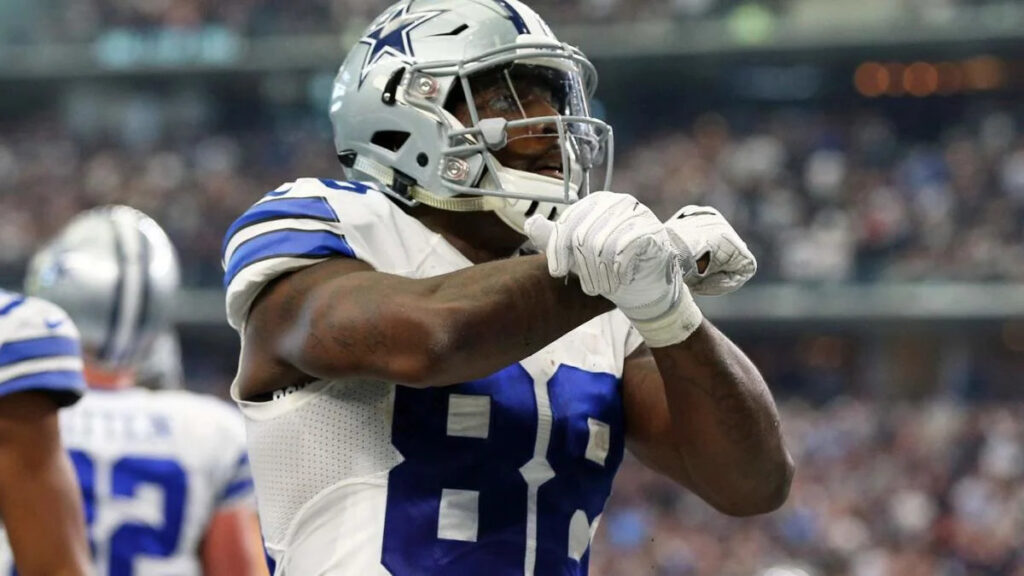
Throw Up the X
Nearly 20 years after drafting Harper, the Cowboys finally made a significant move for a wide receiver in the 2010 NFL Draft.
Dallas selected Dez Bryant with the 24th overall pick after trading up ahead of Baltimore Ravens for the highly productive wide receiver out of Oklahoma State University.
Bryant’s time in Dallas was marked by flashes of brilliance, as he became a dominant force in the Cowboys’ offense.
Over eight seasons, he amassed 531 catches, 7,459 receiving yards, an 73 touchdowns.
His 2014 season, where he caught 88/1,320/16TD, remains one of the best seasons by a Cowboys wide receiver.
However, his inability to stay consistent after a foot injury coupled with salary cap woes led to him being released after the 2017 season.
Despite the ups and downs, Bryant is widely regarded as one of the most impactful first-round wide receiver selections the Cowboys have made.
His peak performance period showed the potential for a high-caliber wide receiver to elevate the team’s offense.

Lamb Chops
The Cowboys’ most recent first-round wide receiver selection came in 2020, when they selected CeeDee Lamb 17th overall.
Lamb, a standout at the University of Oklahoma, was seen as one of the most talented wide receivers in his class and immediately became a core part of the Cowboys’ offense.
In his first few seasons, Lamb quickly established himself as one of the top young receivers in the NFL.
He has put up consistent numbers, including 1,000 yards receiving in every year except his rookie season (935), and has built a strong chemistry with QB Dak Prescott.
Lamb’s ability to both separate from defenders and make contested catches makes him a true #1 wide receiver in the NFL.
Now, it’s time to find him a running mate.
Looking at the 2025 Draft
As the Cowboys enter the 2025 NFL Draft, the need for another wide receiver in the first round is becoming more apparent.
Lamb has emerged as a true star, but the team lacks a reliable complement.
While the Cowboys have tried to fill the void with veterans like Brandin Cooks and third-round talent Jalen Tolbert, they seem content to just throw over-the-hill veterans and undrafted players at the wall to see what sticks.
For the Cowboys to truly compete for championships, they need to add another young dynamic weapon to the passing game.
A high-level wide receiver could take pressure off Lamb, and give Prescott another reliable target, and open up the offense in ways that simply aren’t possible with their current wide receiver corps.
The teams has historically been cautious in using a first-round pick on a wide receiver, but with the need for another weapon pressing, this might be the year to change that approach.
